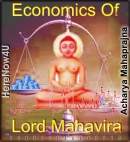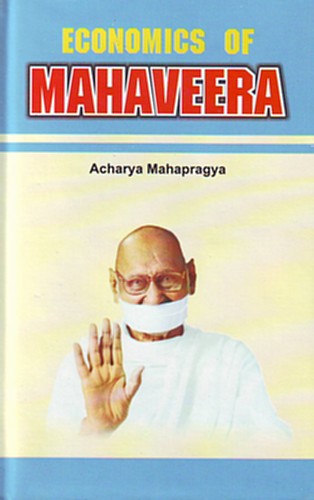
A basic question: What is poverty? What is the definition of poverty? Whom shall we style as poor? Again, who is rich and who is poor? To know this one Sanskrit poet wrote that everybody would appear poor if you look downwards. Your own poverty would show-up if you look upwards:
Aghogho pashyatah kasya, mahima no gariyasee Uparyapari pashyanteh, sarvameva daridrati.
If you compare yourself with those who are above, it would appear that you are poorer than them. A lakhpati (possessor of assets worth hundred thousand's) is poor before a multimillionaire, a multimillionaire is poor before a billionaire, and a billionaire is poor before a multi-billionaire. It is rightly said that if you see the highest of the high, then those below that benchmark are poor. If we see those below us, then it would appear that we are the richest of them all. One may possess one unit of wealth and the other hundreds of units. An all-pervasive definition cannot be evolved which could determine who is rich and who is poor.
If I am asked, I would say that the poor is one who is poor at heart, and poor by disposition and demeanour. Consider a worker who eats and drinks freely and sleeps carefree. On the other hand, think of an employer who moves in a million-rupee car, sleeps in an air-conditioned bungalow, but he does not get sleep, afflicted as he is by his problems. What is the difference?
We stayed in a mansion of Dalmiaji. We saw that even while eating his food he used to hold the telephone in hand and keep it near his ear. A thought came to my mind. If life is so involved and unrestful, what is the great benefit of owning all this wealth? How shall I regard him, poor or rich?
 Acharya Mahaprajna
Acharya Mahaprajna

